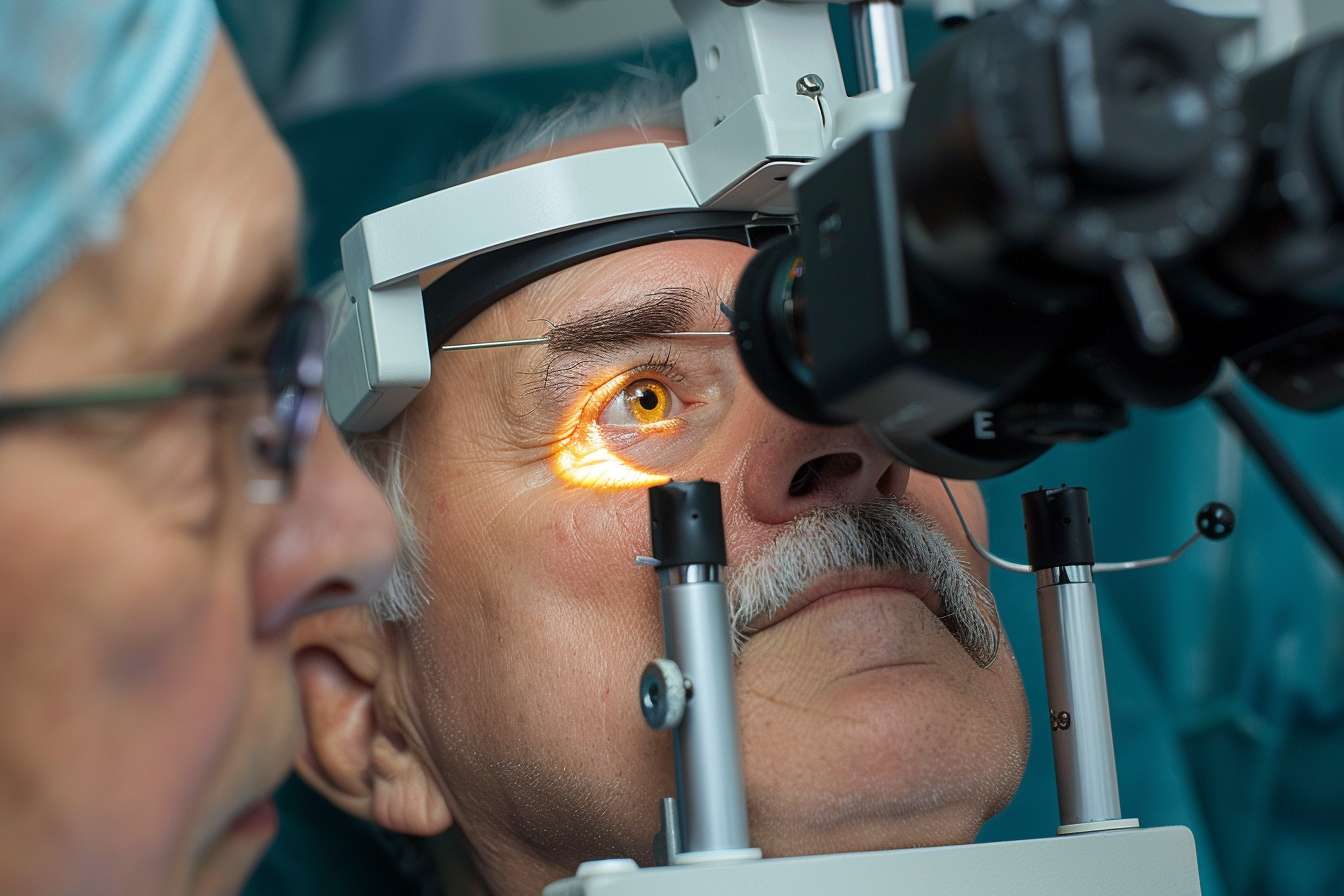Cataract: The Clouding of the Eye’s Window to the World
A cataract is a common eye condition that affects millions of people worldwide, particularly as they age. It occurs when the normally clear lens of the eye becomes cloudy, gradually impairing vision and making everyday activities increasingly difficult. Understanding what causes cataracts, recognizing the symptoms, and knowing the available treatment options can help individuals take proactive steps toward preserving their sight and maintaining quality of life.

The human eye functions much like a camera, with the lens playing a crucial role in focusing light onto the retina to create clear images. When a cataract develops, this lens becomes opaque, scattering light and blurring vision. While cataracts are most commonly associated with aging, they can also result from injury, certain medications, or underlying health conditions. The good news is that modern medical advances have made cataract treatment highly effective and accessible.
What Causes a Cataract?
Cataracts form when proteins in the eye’s lens begin to break down and clump together, creating cloudy areas that obstruct vision. The most common cause is natural aging, as the proteins in the lens deteriorate over time. However, several other factors can contribute to cataract development. Prolonged exposure to ultraviolet radiation from sunlight increases risk, as does smoking and excessive alcohol consumption. Certain medical conditions, particularly diabetes, significantly raise the likelihood of developing cataracts. Eye injuries, inflammation, and previous eye surgeries can also trigger cataract formation. Additionally, long-term use of corticosteroid medications has been linked to cataract development. In some cases, cataracts are congenital, meaning they are present at birth due to genetic factors or infections during pregnancy. Understanding these risk factors can help individuals take preventive measures and seek early intervention when necessary.
Types of Cataracts
Cataracts are classified based on their location within the lens and their underlying cause. Nuclear cataracts form in the center of the lens and are the most common type associated with aging. They typically progress slowly and may initially cause nearsightedness or even temporary improvement in reading vision before significantly impairing sight. Cortical cataracts begin at the outer edges of the lens and gradually extend inward like spokes on a wheel, affecting how light passes through the lens. Posterior subcapsular cataracts develop at the back of the lens and tend to progress more rapidly than other types. They particularly affect reading vision and cause increased glare sensitivity, especially in bright light. Congenital cataracts are present at birth or develop during childhood and may be caused by genetic disorders, intrauterine infections, or metabolic problems. Secondary cataracts can develop as a result of other medical conditions or treatments, including diabetes, steroid use, or radiation therapy. Traumatic cataracts occur following eye injuries and can develop immediately or years after the initial trauma.
Symptoms and Early Signs
Cataract symptoms typically develop gradually, making them easy to overlook in the early stages. One of the first signs is often blurred or cloudy vision, as if looking through a foggy window. Colors may appear faded or yellowed, losing their vibrancy and making it difficult to distinguish between similar shades. Many people experience increased sensitivity to glare, particularly from headlights while driving at night or from bright sunlight during the day. Halos may appear around lights, creating visual disturbances that can be especially troublesome in low-light conditions. Double vision in one eye can occur when the cataract causes light to scatter in multiple directions. Frequent changes in eyeglass or contact lens prescriptions may indicate progressing cataracts, as the condition alters the eye’s focusing ability. Difficulty with night vision is common, making activities like driving after dark increasingly challenging. Some individuals notice improved near vision temporarily, a phenomenon called second sight, which occurs as the cataract changes the lens’s refractive properties. As cataracts advance, these symptoms intensify, eventually interfering with daily activities and quality of life.
Diagnosis and Treatment
Diagnosing cataracts begins with a comprehensive eye examination conducted by an ophthalmologist or optometrist. The examination typically includes a visual acuity test to measure how well you see at various distances, a slit-lamp examination to inspect the structures of the eye under magnification, and a dilated eye exam to examine the lens and retina more thoroughly. The doctor may also perform a tonometry test to measure eye pressure and rule out other conditions like glaucoma. In the early stages, cataracts may be managed with stronger lighting, anti-glare sunglasses, magnifying lenses, or updated prescription glasses. However, when cataracts begin to significantly interfere with daily activities, surgery becomes the most effective treatment option. Cataract surgery is one of the most common and successful procedures performed worldwide. During the operation, the cloudy lens is removed and typically replaced with an artificial intraocular lens that restores clear vision. The procedure is usually performed on an outpatient basis using local anesthesia, with most patients experiencing minimal discomfort and rapid recovery. Modern surgical techniques, including phacoemulsification, use ultrasound waves to break up the cloudy lens before removal, requiring only a tiny incision that often heals without stitches. Success rates for cataract surgery are exceptionally high, with the vast majority of patients experiencing significant vision improvement and enhanced quality of life.
This article is for informational purposes only and should not be considered medical advice. Please consult a qualified healthcare professional for personalized guidance and treatment.
Cataracts represent a natural part of aging for many individuals, but they need not permanently diminish vision or quality of life. By understanding the causes, recognizing the symptoms early, and seeking appropriate medical care, most people with cataracts can maintain clear, functional vision well into their later years. Regular eye examinations are essential for detecting cataracts and other eye conditions before they progress to more serious stages. With advances in surgical techniques and artificial lens technology, cataract treatment has become safer and more effective than ever, offering hope and restored vision to millions worldwide.




